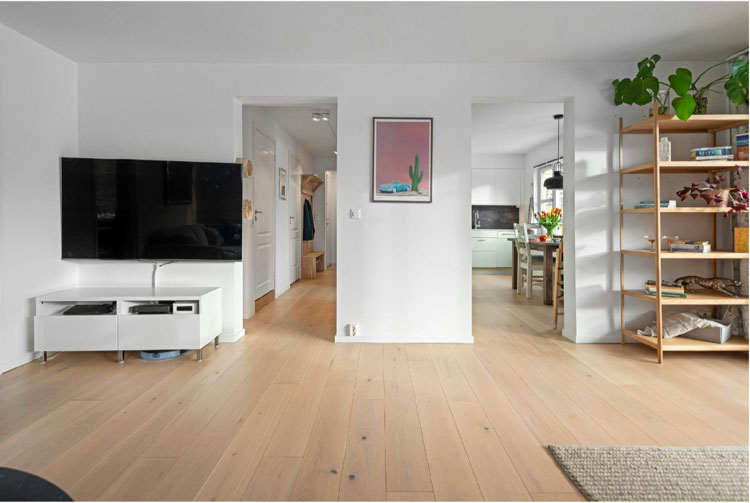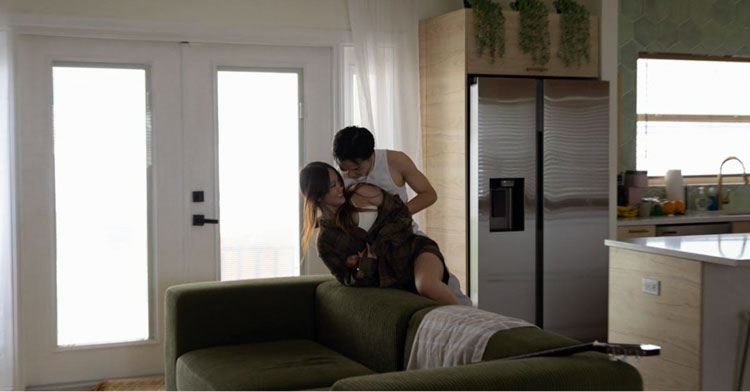In the heart of the Southwest, where the sun shines bright and the landscapes are as diverse as they are beautiful, we find a unique opportunity to rethink how we design our homes. Embracing climate-conscious home design not only enhances our living spaces but also respects the environment that surrounds us. As we face increasing climate challenges, it’s crucial to adopt sustainable practices that harmonize with our region’s natural resources.
By integrating eco-friendly materials, energy-efficient technologies, and water-saving strategies, we can create homes that are both stylish and sustainable. This shift towards climate-conscious living not only benefits us but also contributes to a healthier planet. Join us as we explore innovative design ideas that reflect our commitment to sustainability while celebrating the vibrant spirit of Southwest living.
Overview of Southwest Living
Southwest living reflects a harmonious blend of nature, culture, and sustainability. In this region, home design prioritizes the unique climate, utilizing natural materials like adobe, stone, and wood to strengthen connections to the environment. Homes typically feature large windows that invite abundant natural light while maximizing views of stunning landscapes.
Sustainability is crucial in Southwest home design. We focus on energy-efficient technologies, such as solar panels and high-performance insulation, to reduce reliance on nonrenewable resources. Implementing water conservation strategies, like xeriscaping and rainwater harvesting systems, addresses local water scarcity while enhancing the landscape’s ecological health.
Moreover, innovative design ideas can transform living spaces into eco-friendly retreats. Using non-toxic paints and finishes contributes to better indoor air quality, ensuring our homes are not only beautiful but also healthy. In our commitment to maintaining a clean, inviting atmosphere, including a pet odor eliminator spray can improve air quality further, especially in homes with furry companions.
The Southwest’s culture significantly influences its living environment. Pueblo-style architecture and vibrant colors reflect the region’s artistic heritage, adding character and warmth to our homes. By seamlessly blending climatic awareness with aesthetic choices, we celebrate the unique spirit of Southwest living while minimizing our ecological footprint.
Utilizing resources from the U.S. Green Building Council offers valuable guidance on implementing these sustainable practices. Embracing this approach enhances our lifestyle and contributes to a healthier planet for future generations.
Importance of Climate-Conscious Design
Climate-conscious design plays a crucial role in reshaping our living spaces for both beauty and sustainability. By embracing eco-friendly practices, we enhance our environment and contribute to a more sustainable future.
Environmental Impact
Climate-conscious design significantly reduces our overall environmental footprint. Sustainable materials, such as reclaimed wood and recycled metals, minimize resource extraction. Energy-efficient features like solar panels cut down on greenhouse gas emissions. Water-saving strategies, including xeriscaping, help address local water scarcity concerns. Every small change, from optimizing insulation to choosing non-toxic paints, creates a ripple effect that positively impacts local ecosystems.
Benefits of Sustainable Practices
Incorporating sustainable practices offers numerous advantages. Cost savings emerge through reduced utility bills with energy-efficient appliances and systems. Health benefits stem from improved indoor air quality by using non-toxic materials. Homes that implement pet odor eliminator spray maintain a fresh environment, particularly with furry companions. Lastly, sustainable design increases property value and marketability, appealing to environmentally conscious buyers.
Key Features of Climate-Conscious Homes

Climate-conscious homes in the Southwest feature designs that prioritize sustainability and efficiency. We focus on integrating innovative approaches to enhance both comfort and environmental responsibility.
Passive Solar Design
Passive solar design maximizes natural sunlight, minimizing reliance on artificial lighting and heating. We utilize strategically placed windows and thermal mass materials to absorb, store, and distribute solar energy. This approach not only reduces energy costs but also enhances indoor comfort, harnessing the sun’s energy throughout the year.
Sustainable Materials
Using sustainable materials plays a crucial role in eco-friendly home design. We incorporate locally sourced products like adobe, reclaimed wood, and recycled metals to reduce environmental impact. Non-toxic paints and finishes improve indoor air quality, making our living spaces healthier. Products like pet odor eliminator sprays also ensure a clean and pleasant environment, aligning with our commitment to sustainable living.
Water Conservation Techniques
Water conservation techniques are vital in the Southwest due to limited water resources. We employ xeriscaping, featuring drought-resistant plants that require minimal irrigation. Rainwater harvesting systems collect and store rainwater for irrigation and household use. These methods not only conserve water but also promote a sustainable landscape that thrives in arid conditions.
Integrating Southwest Aesthetics
Embracing Southwest aesthetics creates a unique harmony between style and sustainability. This approach emphasizes vibrant colors, natural materials, and outdoor living, enhancing our connection to the environment.
Color Palettes and Textures
Opting for earthy tones like terracotta, sage, and ochre creates a warm ambiance. These colors reflect the Southwest’s landscapes and promote a calming atmosphere. Incorporating textured materials such as stucco, adobe, and reclaimed wood adds depth and character. Using non-toxic paints ensures better indoor air quality while aligning with our commitment to eco-friendly living. For pet owners, we can also utilize pet odor eliminator sprays that complement these color palettes and maintain a fresh environment.
Outdoor Living Spaces
Designing outdoor living spaces extends our home into nature. Features like shaded patios, outdoor kitchens, and cozy seating areas encourage us to enjoy the Southwest’s natural beauty. Utilizing native plants in landscaping helps conserve water and blend with the surroundings. Incorporating shade structures using sustainable materials can protect these areas from the harsh sun and enhance comfort. Our outdoor spaces shouldn’t just be functional; they must embody the spirit of Southwest living, creating tranquil retreats that celebrate nature while promoting sustainability. For more insights on sustainable home design, check out resources from the U.S. Green Building Council.








